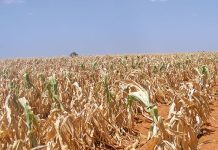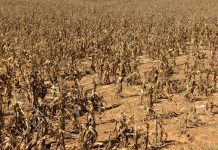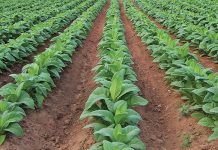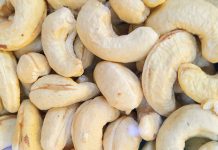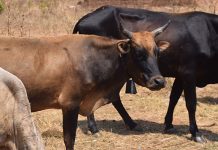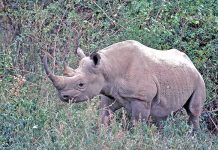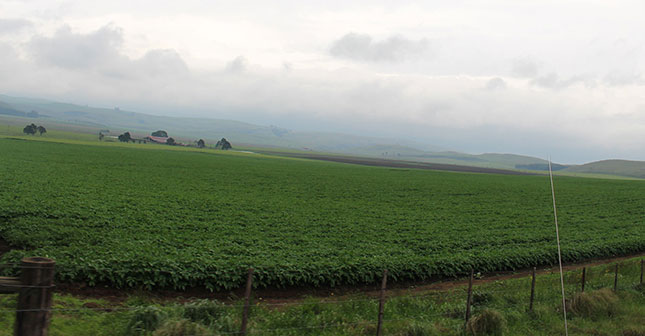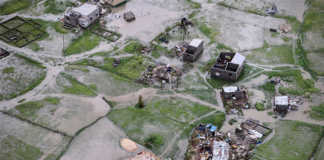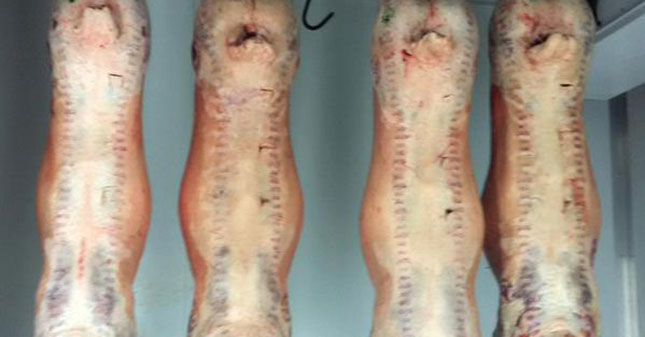
According to a statement released by Thomas Daughton, US ambassador in Namibia, the export agreement had received some objections from US-based trade organisations during a 2015 consultation process.
Strydom told Farmer’s Weekly that changes also had to be made to both export abattoir hygiene systems and veterinary laboratory tests before approval.
“The Namibian veterinary status is acceptable for export to both the US and the EU,” Strydom said.
The statement read that the ruling from the US Food Safety and Inspection Service published on July 13 added Namibia to the countries eligible to export meat and meat products to the US. Namibia’s meat inspection system was equivalent to the US’s inspection system for meat and meat products, the statement read.
“The decision allows Namibia to export boneless raw beef products such as primal cuts, chuck, blade and beef trimmings from certified establishments to the US,” the statement said.
The Namibian government had projected the potential volume of meat exports to the US at 860 000kg in the first year after the ruling’s enactment. This could increase to as much as 5,7 million kilograms in five years.
Gerhard Schutte from the South African Red Meat Producers’ Organisation, said that to export to countries with a strong exchange rate, South Africa had to develop an animal health status that was in line with requirements for the World Organisation for Animal Health.
“We have to work on a brucellosis-free status. The new regulations on import of livestock from neighbouring countries is a step in the right direction.”
Schutte said that exports could play a role in supporting producer prices, adding that South Africa was currently exporting to 41 countries.
“We need a collective strategy to address export terms,” he said.

